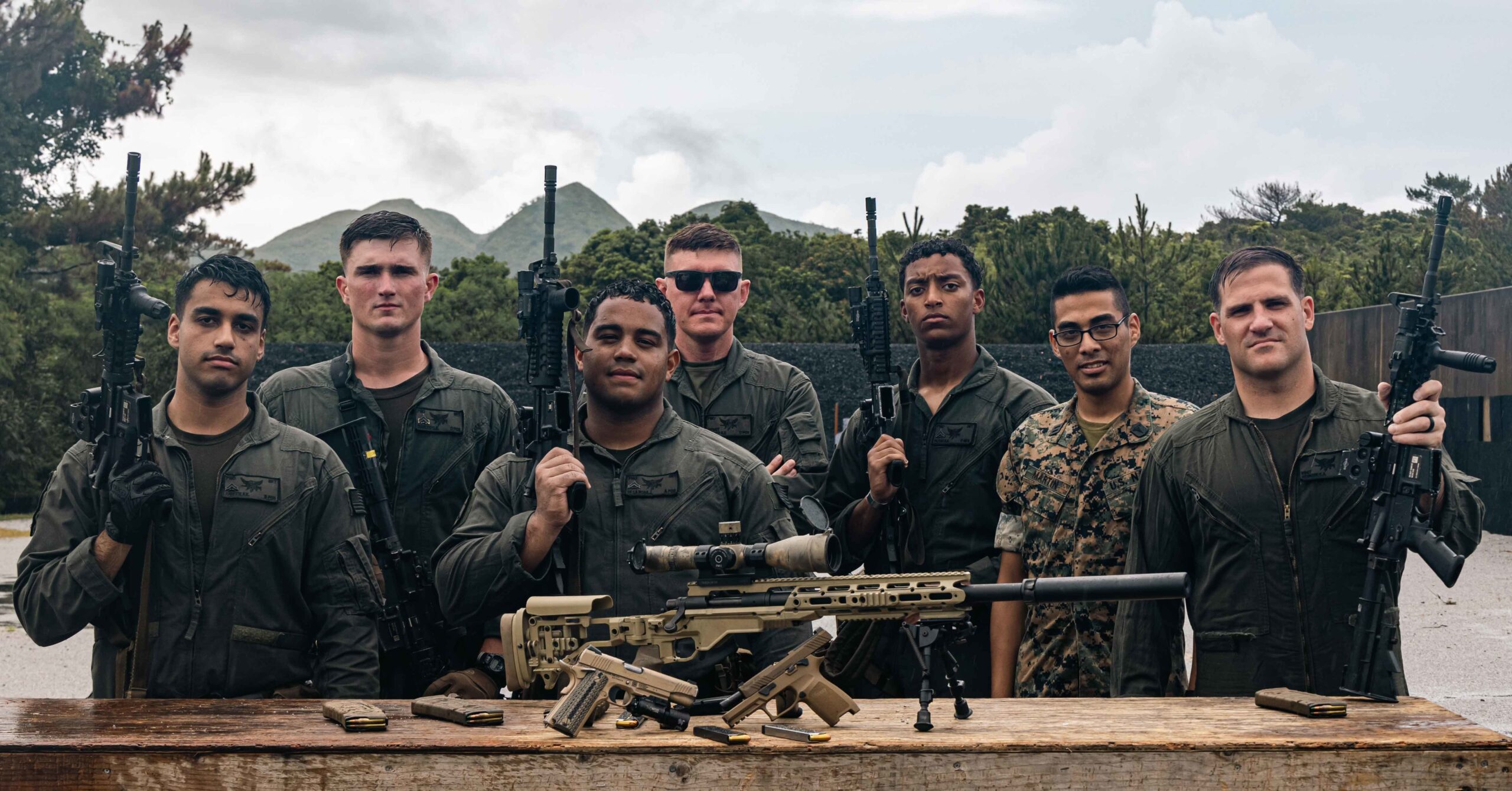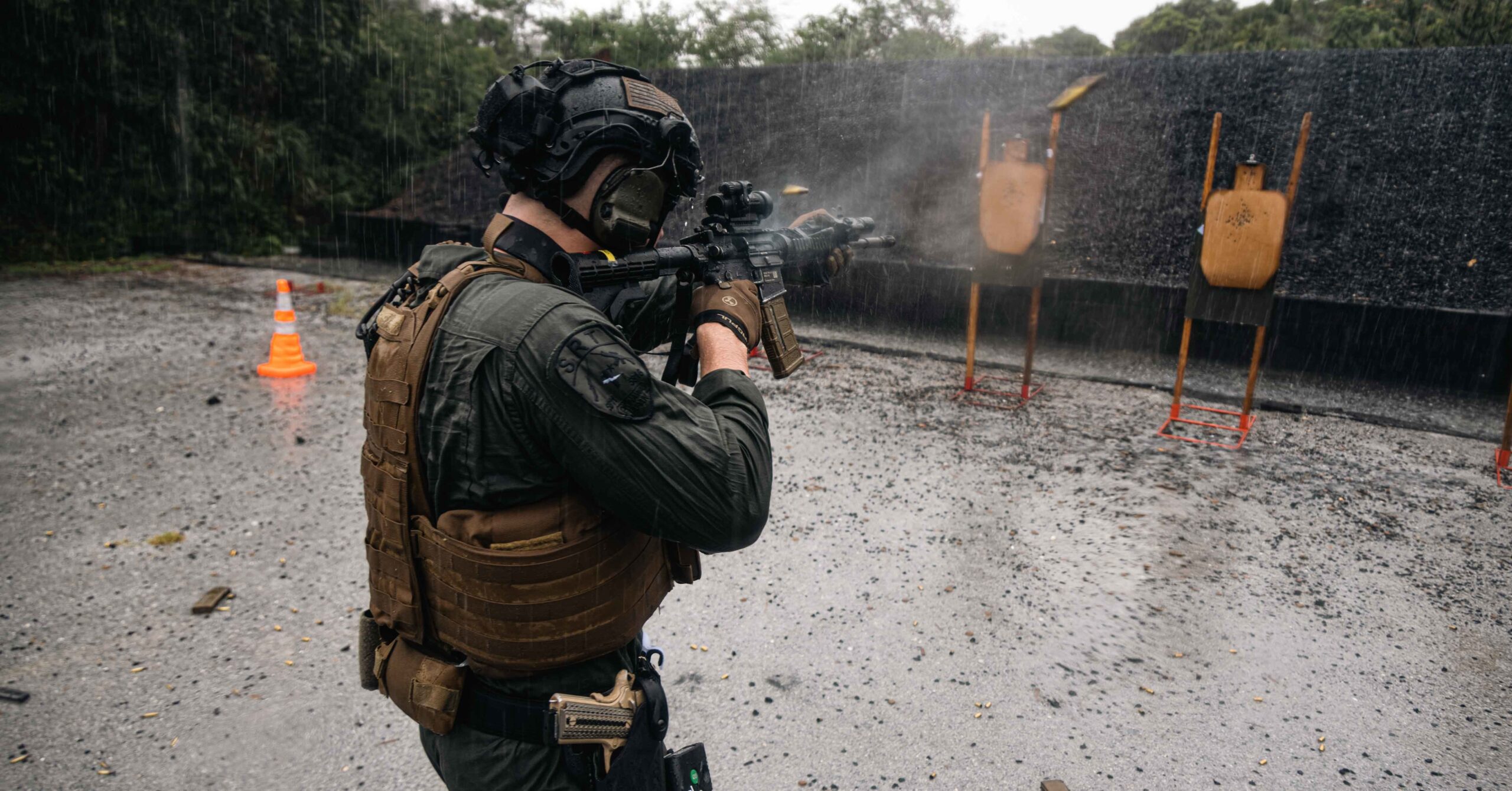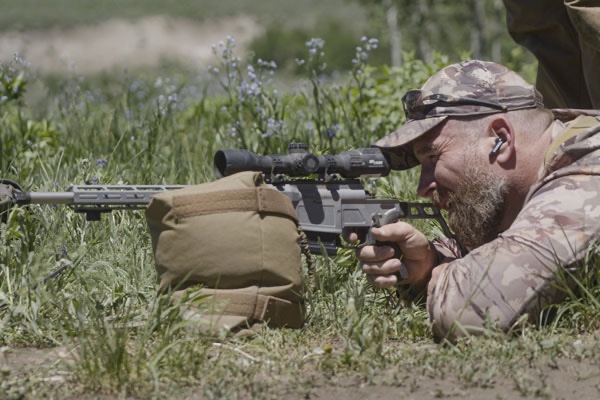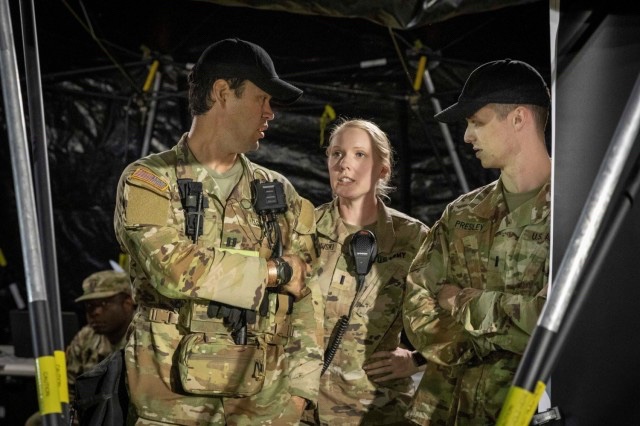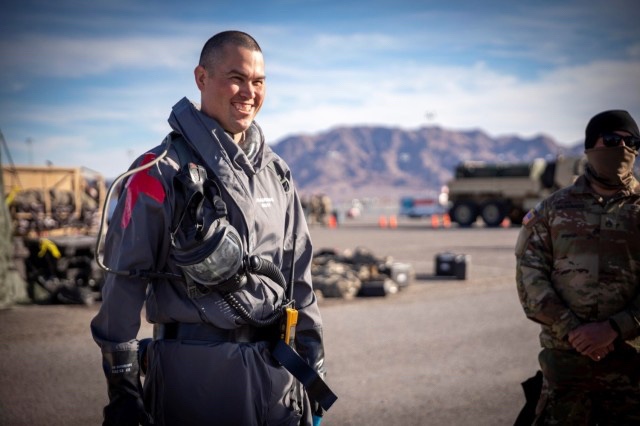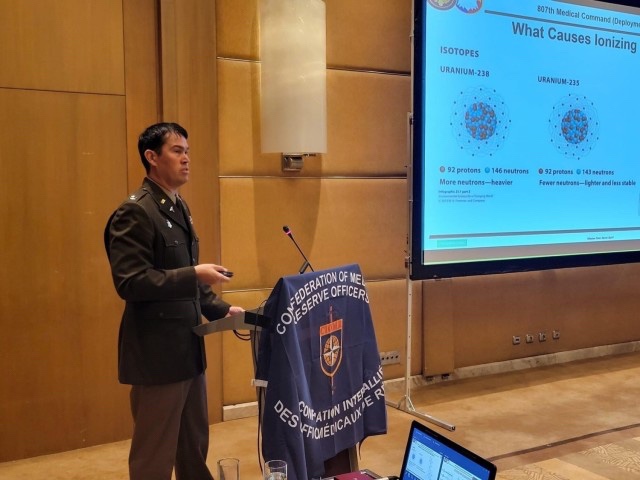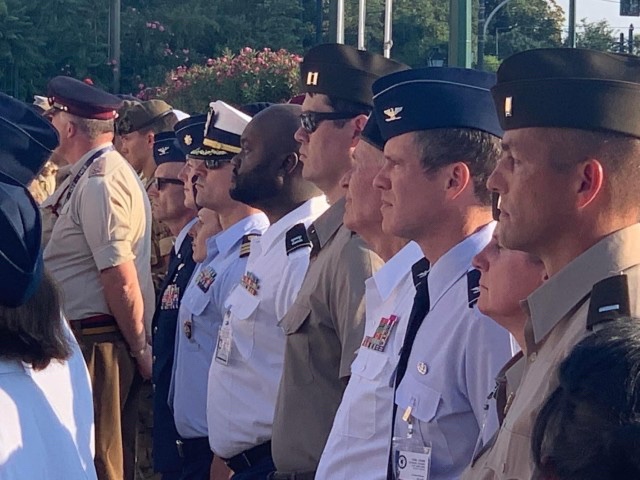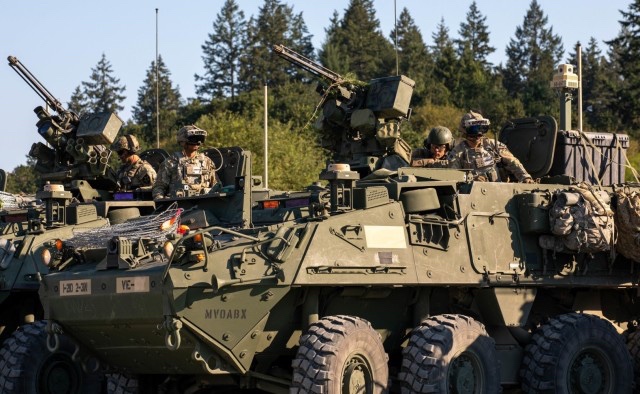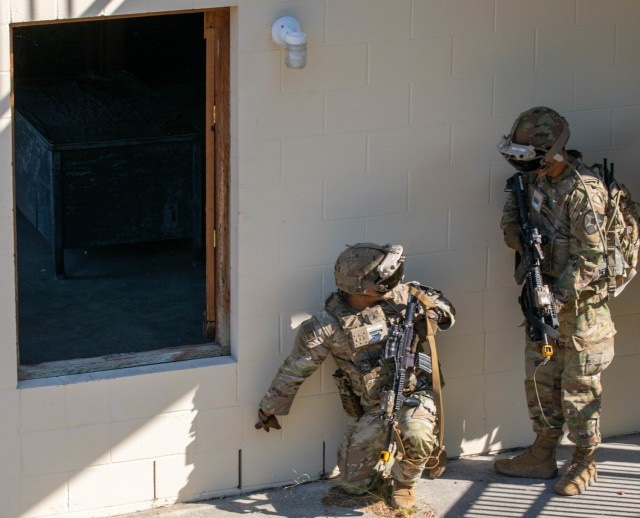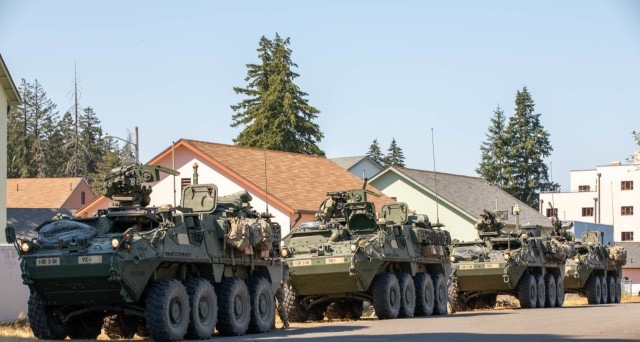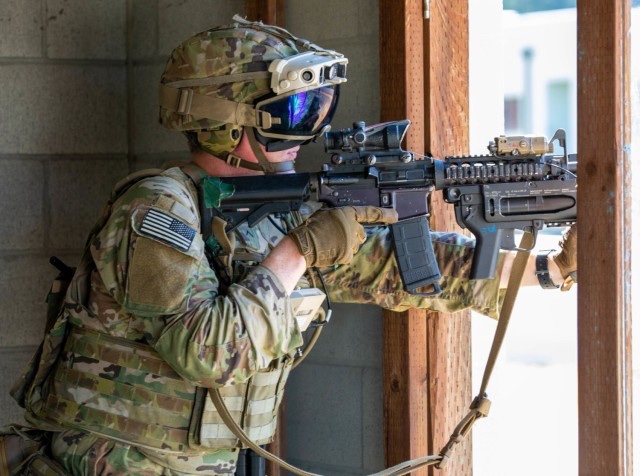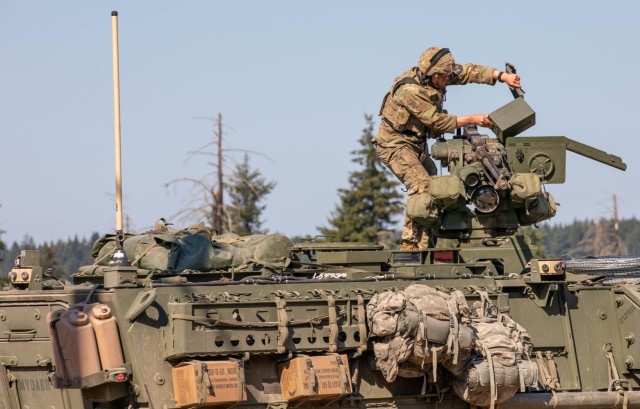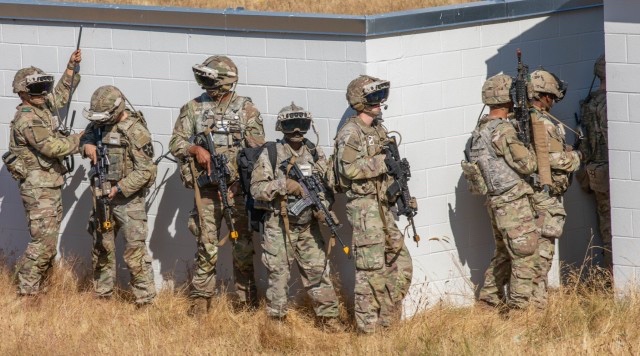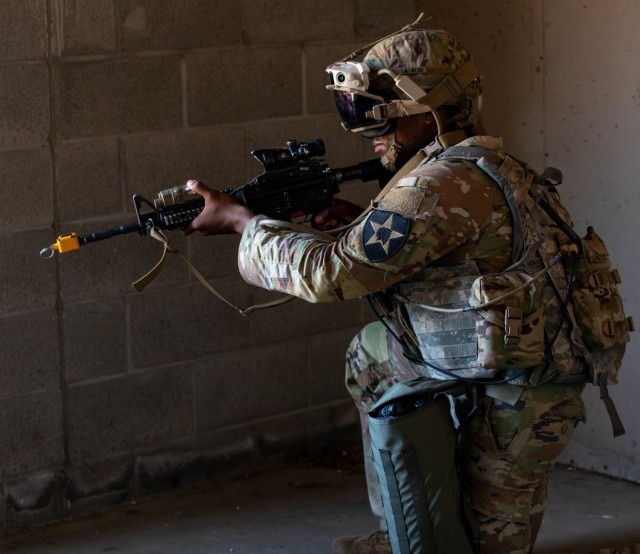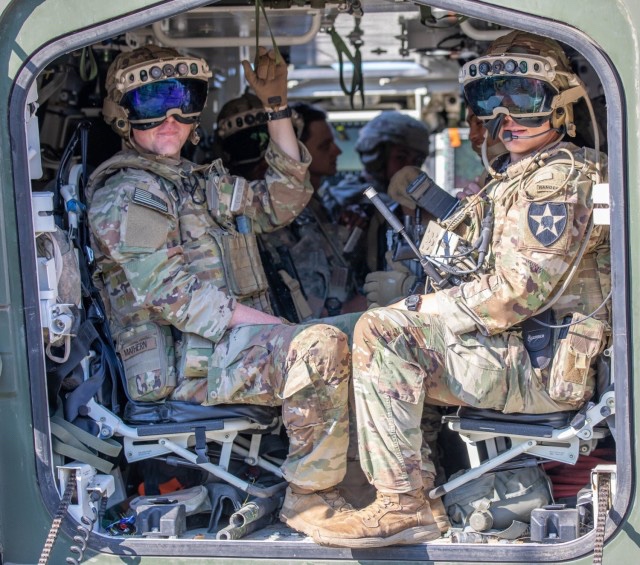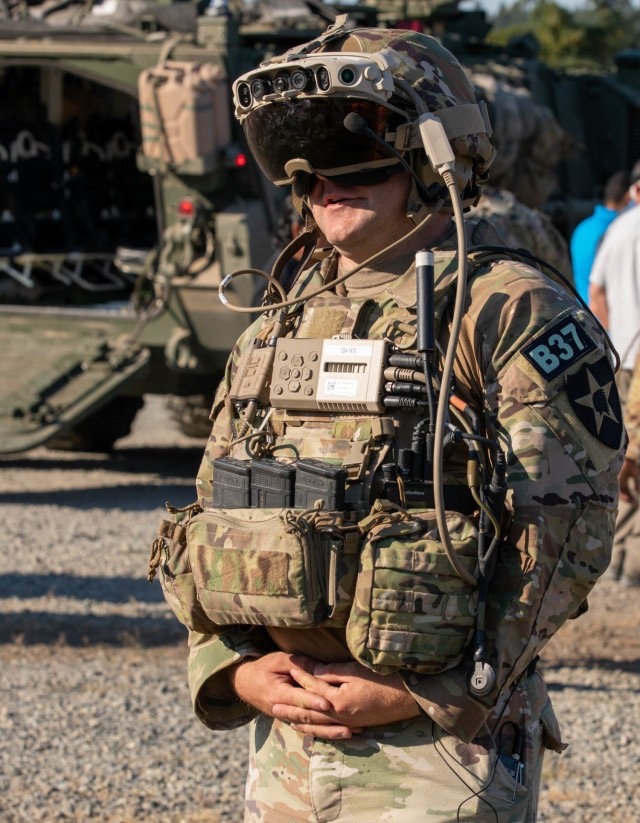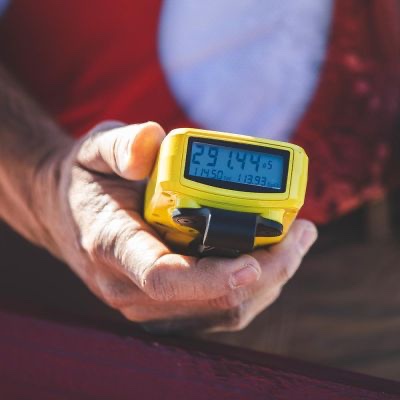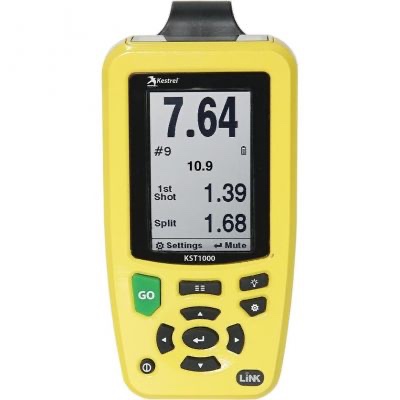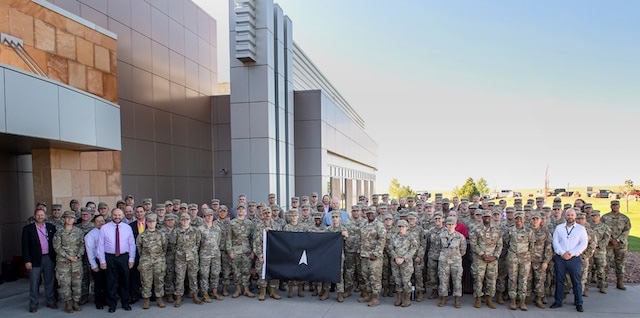
SCHRIEVER SPACE FORCE BASE, Colo. — Space Training and Readiness Command completed its first exercise iteration of SPACE FLAG (SPACE FLAG 22-3) since being accredited by the Joint Staff as a Joint National Training Capability.
SPACE FLAG is the first Department of Defense space exercise to receive JNTC-accreditation, joining the likes of the U.S. Air Force’s Red Flag and Green Flag exercises, as well as the U.S. Army’s Joint Warfighter Assessment and the U.S. Navy’s Fleet Synthetic Training.
SPACE FLAG 22-3, which ran from Aug. 8-19, was the largest iteration executed to date with approximately 120 participants from nearly a dozen U.S. Space Force Deltas, as well as members from the U.S. Air Force and the U.S. Army.
The U.S. Marine Corps’ Marine Space Support Team also imbedded members within the exercise, observing the Army’s 1st Space Brigade as part of an effort to integrate them as players in future iterations.
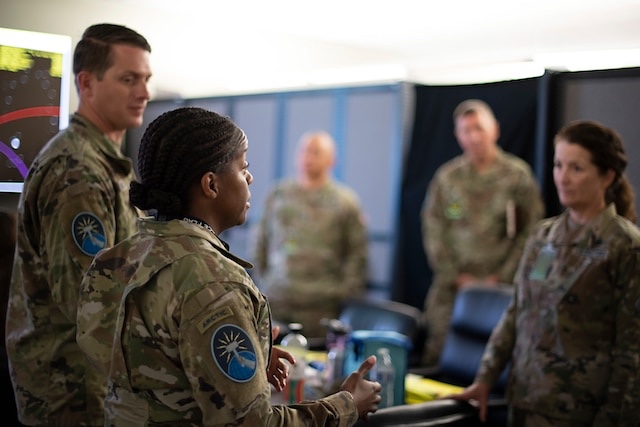
Considered a tactically-focused exercise, SPACE FLAG is designed to provide tactical space units with advanced training in a simulated contested, degraded and operationally-limited environment. The exercise is conducted using live, virtual and constructive simulations which immerse Guardians and participants into a synthetic virtual battlefield.
The 392d Combat Training Squadron’s organic BattleLab and Distributed Mission Operations Center presented a suite of simulators that allowed the training audience to exercise and refine combat tactics in space domain awareness, intelligence, warning and surveillance, navigation warfare, orbital warfare and satellite communications.
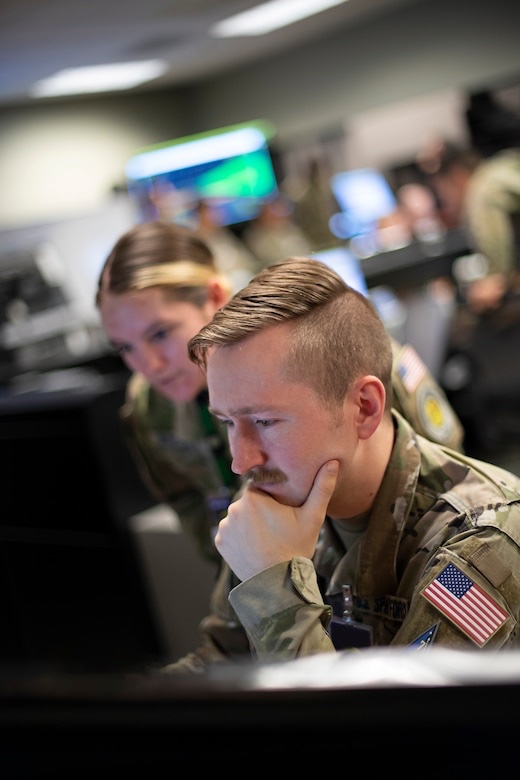
The exercise featured three vulnerability periods where combat missions were planned and then subsequently executed using high fidelity models to simulate warfighting effects. Each vulnerability period grew in complexity, allowing the training audience to adjust and apply lessons learned in the previous period.
“I really enjoyed watching our Soldiers, Airmen, and Guardians mission plan and then prosecute the fight against realistic threats to space capabilities,” said U.S. Army Col. Donald Brooks, 1st Space Brigade commander and senior leader for SPACE FLAG’s third and most complex vulnerability period.
Building upon training objectives established in previous iterations, SPACE FLAG 22-3 presented realistic modeling that challenged players to consider complex astrodynamics while maneuvering and operating during simulated on-orbit combat engagements.
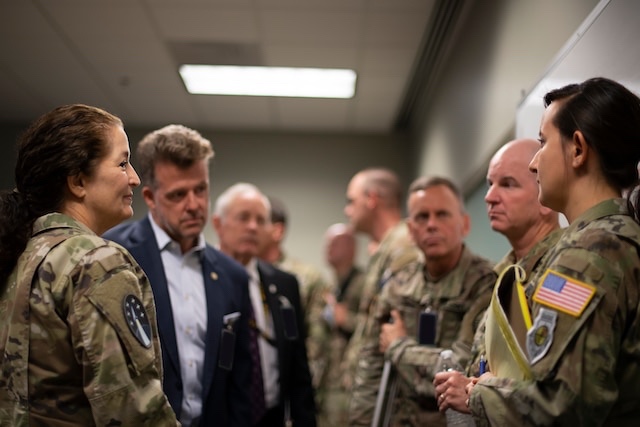
For the first time, the 5th Electronic Warfare Squadron participated in SPACE FLAG, giving space warfighters the opportunity to rehearse and visualize force packaging in ways not seen in any other exercise in the Department of Defense.
“My team spent the last six months working with tactical experts from the Army, the National Reconnaissance Office, and the Space Force to build the best exercise experience possible,” said U.S. Space Force 1st Lt. Deshawna Moore, SPACE FLAG 22-3 exercise director. “SPACE FLAG plays a key role in ensuring space forces are ready to win should our nation call us to defend national interest in space.”
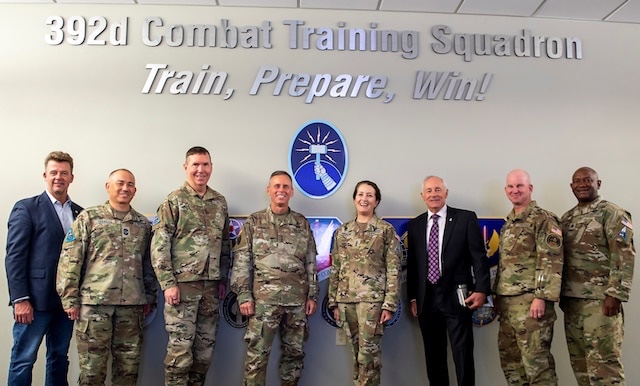
The next iteration of SPACE FLAG will occur in December, where STARCOM plans to train U.S. and Coalition space warfighters from multiple nations.
By Space Training and Readiness Command Public Affairs
Photos by Judi Tomich


